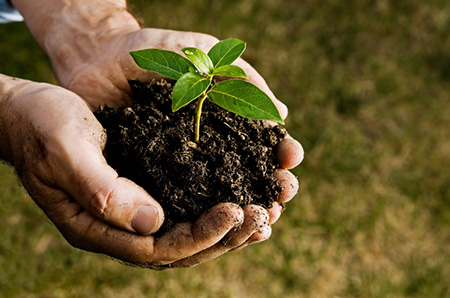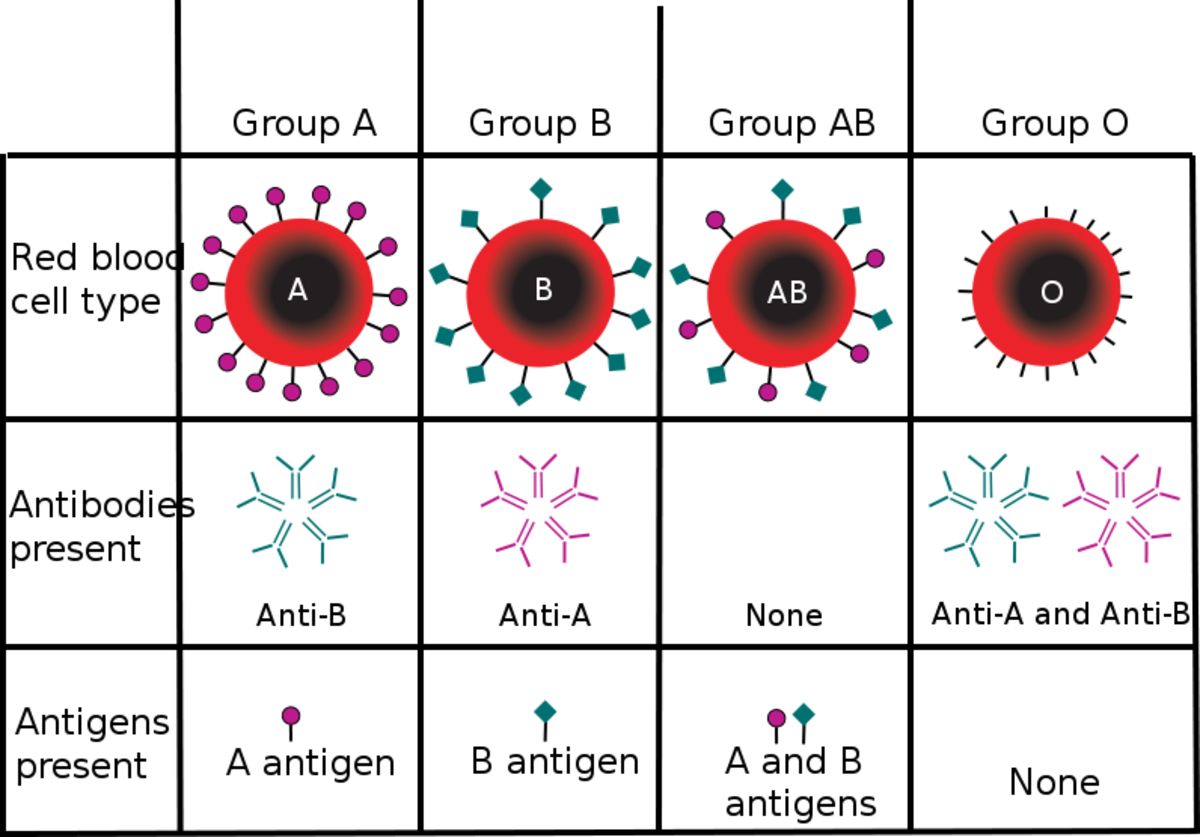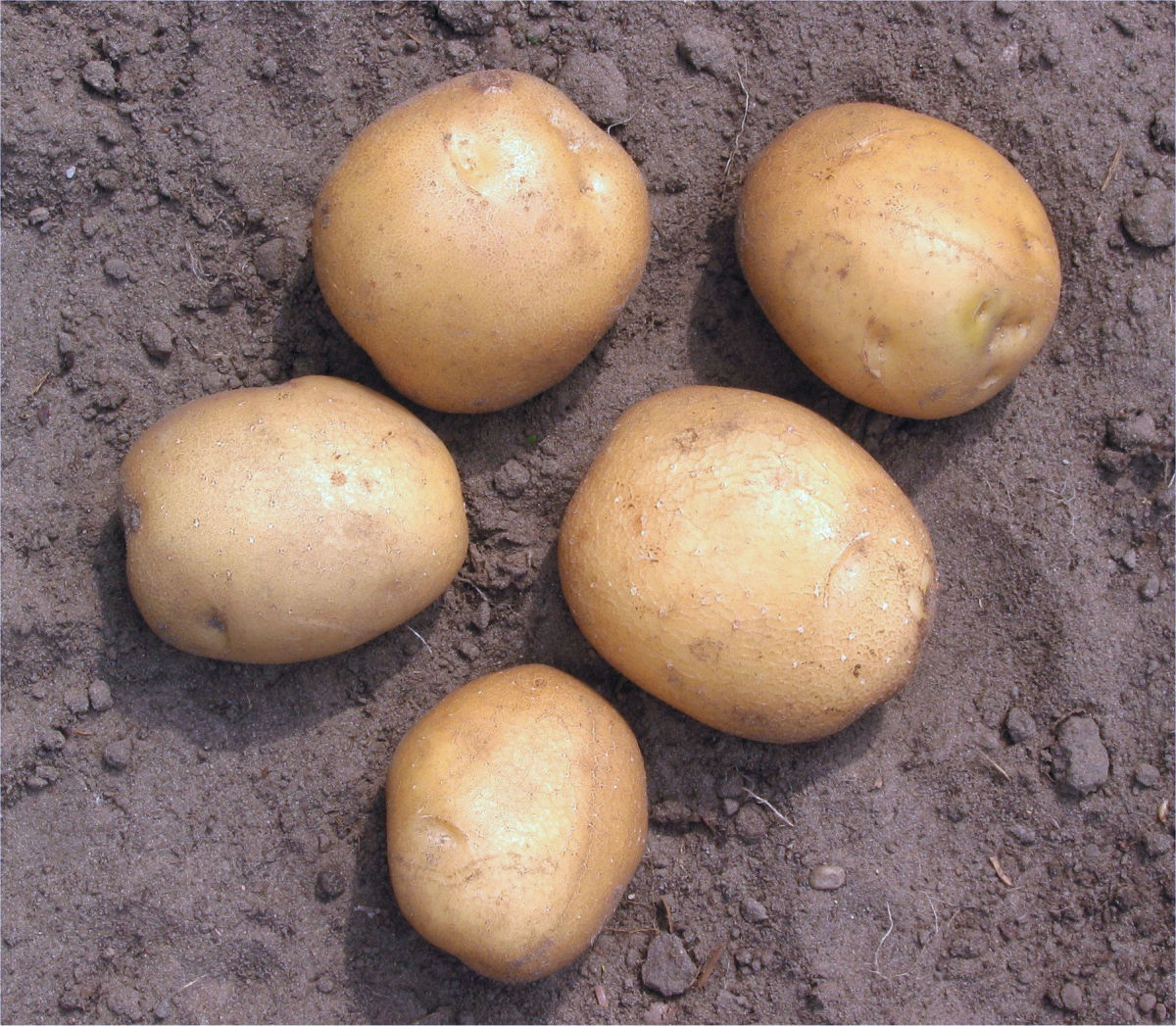Using Human Waste As Fertilizer May Sound Gross But.....

The concern for our planet is gaining a wide audience as more and more people realize that the health of the planet has a direct correlation with the state of their own personal health. And while concern over a variety of topics is finding its way into headlines, the ones that garner the most attention are the ones that seem to threaten our very survival while enriching those who are at the top of the 1%. Most days you can't open a newspaper, turn on a news station, or pull up a news website without being blasted with stories about chemicals in our environment and the dangers those chemicals pose, only to be followed up with a story regarding some new activity or chemical slated to endanger us even more.
There's been quite a bit of controversy over the need to fertilize agricultural products for maximum yield in order to feed the world's population. Whether or not the world is in danger of starving is an issue of its own, but fertilization processes are at the core of many conflicts. The search to find a way to fertilize without allowing toxins into the environment is ongoing. Those of the old school believe we should be using the tried and true methods of olden days, but there is a financial down-side to that. Farmers using those methods don't produce the same amount of crops as those using chemicals. The prices of produce grow with those methods are often out of reach for people who are struggling to live on lower incomes.
The corporations who produce pesticides and insecticides, as well as those who have created new genetic breeds, claim they are doing a good thing. They want us to believe the poisons they are passing off as a service to mankind will alleviate the problem of a starving world's population. The arguments presented by opposition to this kind of thinking are that illness and disease are increasing in relation to the use of such chemicals. So, are we going to feed a population only to kill them with painful lingering illnesses?
There IS another answer to the chemicals in food production. It's one that tends to gross out the average person in this country, mainly because they have no idea of what's involved. Human waste has been used for centuries in other countries, especially china. It's interesting to note that their soil is not depleted of nutrients, while the soil in the US has been virtually destroyed in only two centuries. The organic nutrients necessary for plant growth are missing from a majority of US farmlands. Soil tests have shown that the soil nutrient content is down 84% from its original content.
Sewage systems have been in use for more than 3,000 years, intended to remove human waste from the immediate living areas of a city's inhabitants. Originally they led to free flowing rivers and waterways that carried them off. As civilization progressed and populations grew, improvements were made in the attempt to eliminate odors and disease. However, the first water treatment plant to use chemicals in the process was built in Massachusetts in 1890.
As cities continued to grow and diseases became more rampant, chemically treated water systems became mandatory. From 1900 to 1940, there was a 40% reduction in mortality rates. Improved sewage systems were given credit for the decline. This may explain why we Americans view human waste as gross and dangerous. We associate human waste with disease and illness, and rightly so. However, treatment processes can make the solids into nutritious fertilizer for farmlands. As unbelievable as it may sound, some farmers made the connection back in the 1920's when they began to use sludge from municipal wastewater treatment plants. The use of biosolids in agriculture came under regulation in 1993.
To date, less than 1% of the biosolids produced and treated are being used on US agricultural land. One reason is that Americans have some serious hangups about the idea. We're afraid of contracting some dreaded disease or illness from eating something grown in it. We're afraid contaminants will get into ground water, our rivers and streams, and worse, our drinking water. The idea of spending a day with the odor from a neighbor's fields streaming through our homes isn't a pleasant idea either.

The Not So Icky Side of Biosolids Use
In spite of the “icky” side of biosolids use, there is extremely good reason to use them. Biosolids contain nitrogen, phosphorus, and potassium, as well as calcium, copper, iron, magnesium, manganese,sulfur, and zinc. All of the listed are necessary for crop growth. Use of biosolids reduces the cost of farming which translates into savings on the consumer level. Putting organic matter back into the soil is necessary for growing crops rich in nutritious value.
A second important issue that can be addressed with the use of biosolids has to do with water. Soil that is low in organic matter can't retain rain waters. Instead of being absorbed, the rain runs off carrying topsoil with it. Suffering a dry spell can be catastrophic for farmers and consumers, alike. Water shortages are becoming prevalent because the farmlands in the US have been stripped of their organic matter.
The third equally important reason for using biosolids in place of commercial fertilizers is healthful benefits to be had living in a world without manufactured chemicals poisoning the ground, water, and the food grown in it. There would be very little need for manufactured fertilizer if a switch was made to using biosolids.
As with most things, there is a downside to using biosolids, odor being one concern, but proper management techniques can help to reduce it tremendously. A more serious negative is the need to monitor metal rates. PH levels must be monitored to limit dangerous amounts of arsenic from being absorbed by plants. Over application can cause a build up of nitrogen or phosphorus that will move into surface or ground waters. There ARE regulations regarding these issues.
The negatives are relatively easily neutralized with a little effort and care, and the benefits far outweigh them. With the obesity problem in both adults and children growing every year, it's time to take a long hard look at all the factors. Obesity isn't just caused by eating at a fast food restaurant. It isn't just caused by being an over-eater. In fact, you almost have to be an over-eater in order to get the amount of nutrients necessary for health out of the food being produced today. The problem is that we're also getting all the extra sugar that turns to fat, in addition to the chemicals that destroy our organs and the biological systems that keep us alive.









